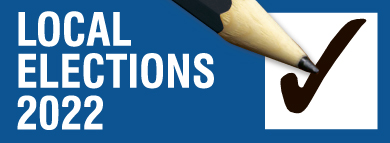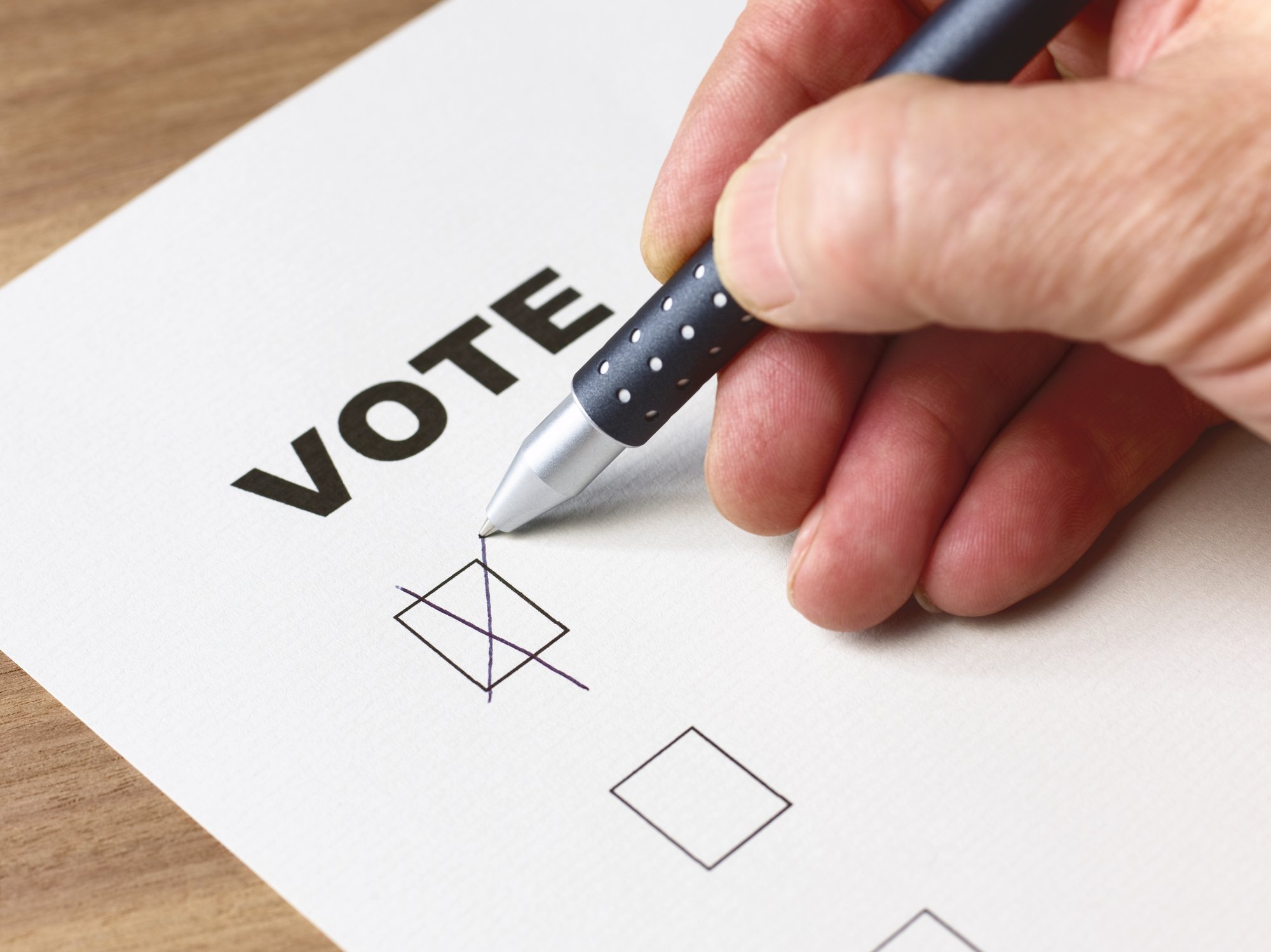To vote, or not to vote. Apathy and disinterest towards local government, pandemic fatigue, postal voting and the lack of a mayoralty race are being cited as some of the reasons behind the region’s lowest voter turnout in years. Reporter Shannon Thomson looks into what is going on with the 2022 local elections.

As the deadline to vote in this year’s local election looms, concerns are being raised about abysmal voting return rates.
Voting closes at noon on Saturday, and if you are yet to cast your ballot, it is already too late to pop it in the post — you will need to drop it directly in to boxes at council service centres or libraries.
But you would not be alone.
As of Tuesday afternoon only 29.31% of Central Otago’s eligible voting population had exercised their right to vote.
That is 5049 out of 17,229 people — 4%lower than the 2016 local election, and 15.26% less than in 2013.
In the Queenstown Lakes District the numbers fared worse, with only 18.09% — or 5082 of 28,088 eligible voters — having cast their ballot.
This was down from a voting turnout of 23.62% and 32.01% in 2016 and 2013 respectively.
The numbers echoed a trend of low voting returns occurring throughout the country, Central Otago District Mayor Tim Cadogan said.
‘‘I can’t help but be concerned that people are showing such disinterest in who represents them on organisations that have daily impacts on their lives,’’ he said.
‘‘To me [it] adds ammunition to the argument that local government is losing relevancy to many people. The next three years will have the Future for Local Government reforms front and centre and the low turnout supports a major shakeup in the way things are done across the country.’’
Outgoing Queenstown Lakes District Mayor Jim Boult agreed.
‘‘Voting started very slowly this year and, even though we had some pick up last week, daily returns are still some way behind those from the previous two local elections in 2019 and 2016. This is obviously disappointing and something council has tried to address through its local campaigns . . .
‘‘But it’s been a common trend for some years now, both in New Zealand and around the world, so it’s certainly not limited to our district.’’
There were a number of factors which could be impacting voting numbers, Mr Boult said.
‘‘One potential reason could be that some people now find it easier to resort to social media to express their views rather than find more productive ways to engage with local politics.
‘‘It can seem quite daunting but then so are some of the issues we face at a local level including economic diversification and big investments in infrastructure and community services, let alone global issues like climate change.’’
‘‘Fatigue as we emerge from the pandemic could be another reason, but it wouldn’t explain the long›term trend downwards,’’ he said. Central Otago district Council acting chief executive Louise van der Voort said while turnout for local elections was traditionally low, it was important people had their say about who they wanted to represent them moving forward.
‘‘With all the change facing local government — transition of Three Waters; Resource Management reform, the Future for Local Government review — it is really important that people exercise their right to vote for the candidates they want to represent them.’’
Changes to the postal system had resulted in some voting papers being delivered late, however she expected votes would come in in the lead›up to the voting deadline.
A switch from posting ballot papers would potentially increase voting numbers, however it was not on the cards, Ms van der Voort said.
‘‘Online voting would be more convenient and may increase the number of young voters, however I understand that the Department of Internal Affairs have no plan to introduce online voting at this time as any new voting method need to be secure, accessible, and with high electoral integrity so the public can have confidence in the result.’’
While the mayoralty, and council and community board seats were hotly contested in the Queenstown Lakes area, the same could not be said in Central Otago.
Mayor Tim Cadogan stood unopposed, and in the Maniototo ward the number of council and community board candidates matched the number of seats available, resulting in those standing automatically elected.
Only candidates standing for the Dunstan Constituency of the Otago Regional Council gave them opportunity to cast a ballot.
For electoral officer Anthony Morton, the lack of a mayoral election was the ‘‘main contributing factor’’ in low voter numbers.
‘‘After a slow response, the voting return rate is picking up and while I would always like to see more participation, the current participation rate is what was expected given the lack of a mayoral election this year.’’





